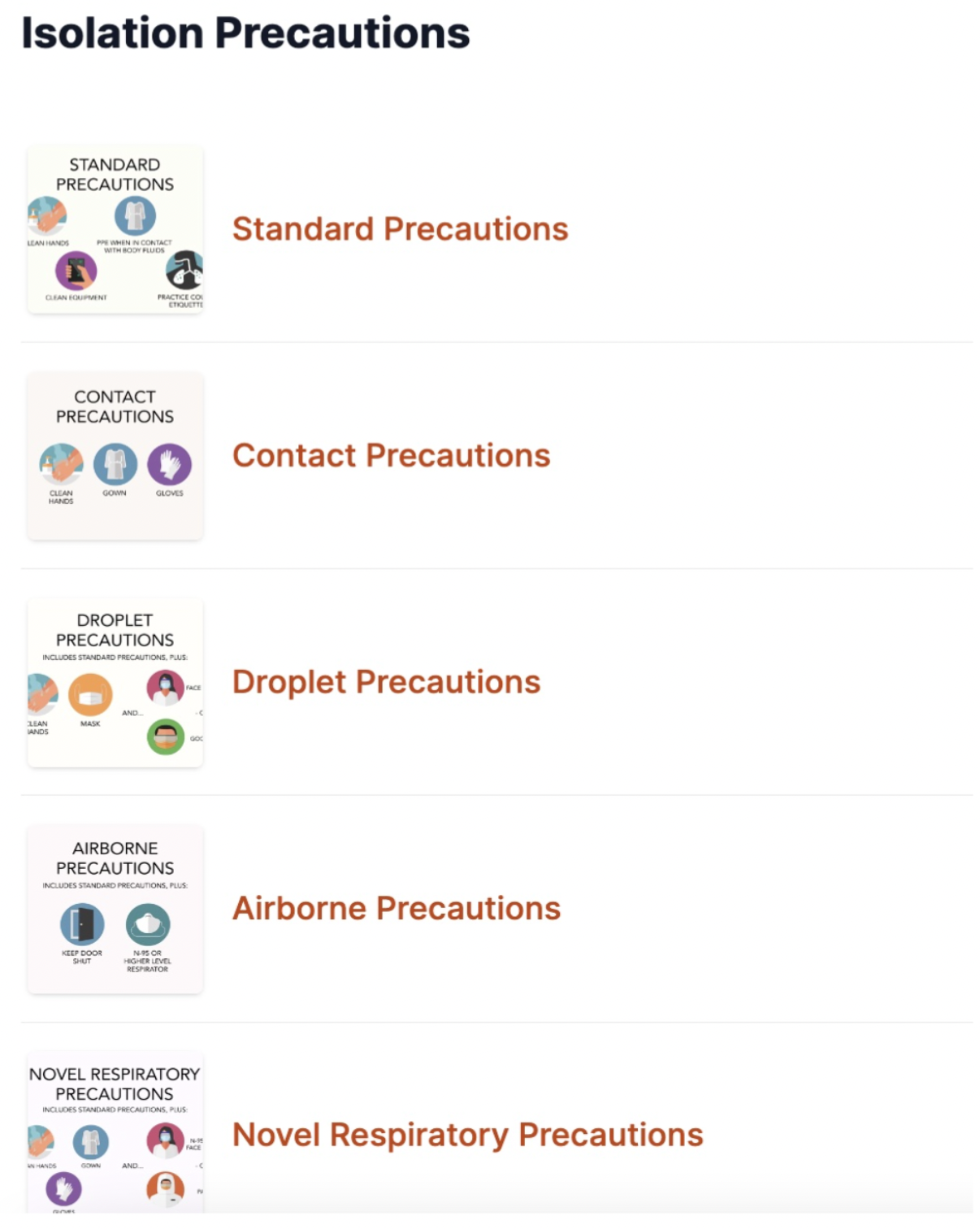What Is It?
This digital decision tree integrates the critical decision-making factors from the clinical practice guidelines for common musculoskeletal conditions developed by the Academy of Orthopaedic Physical Therapy and published in the Journal of Orthopedic and Sports Physical Therapy. It puts the CPG’s recommendations for evaluation, differential diagnosis, and treatment of 24 conditions at your fingertips. The CPG’s clinical decision trees are a time-tested means to accelerate the acquisition of essential clinical reasoning skills for interpreting data obtained during the patient’s interview, driving the choice of physical examination procedures to rule-in or rule-out the presence of both common musculoskeletal conditions and medical conditions that mimic common musculoskeletal conditions, determining the most appropriate diagnostic classification, and selecting the intervention strategies based on the client’s tissue tolerance and most relevant presenting impairments for each stage of the client’s rehabilitation and recovery. Now, all clinical practice guidelines and their key elements are in one place, ready to support the development of clinical pattern recognition in students and practicing clinicians.
Why Is It Important?
Evidence suggests that adherence to established clinical practice guidelines assists with decreasing healthcare utilization and costs. Results from other studies agree and indicate that guideline-based practice is related to improved physical functioning, and reduced pain and disability (Fritz 2007, Hanney 2016, Rutten 2010). The research also suggests that orthopaedic specialists and fellows adhere to clinical practice guidelines more than the generalist clinician. The team at Clinical Pattern Recognition believes that the development of guideline implementation tools and interactive decision support can help homogenize high-level clinical practice and enhance pattern recognition in entry-level clinical education.
How Does It Work?
Elements from the clinical practice guidelines are aggregated in an easy-to-use step-by-step decision support tool. This tool helps to strengthen the clinical pattern recognition of common musculoskeletal patterns, linking them to common impairments and their evidence-based interventions. A record of the reasoning used by a student or clinician for a particular case can be saved and visualized, if desired, for discussion or comparison between practitioners or practitioners in training.
How Do I Use This In My Program?
Musculoskeletal Rehabilitation/Orthopaedics Course during practice evaluations
Use in clinic during rotations between clinical instructors and students
Use for mentoring of residents and fellows in post-professional clinical programs



